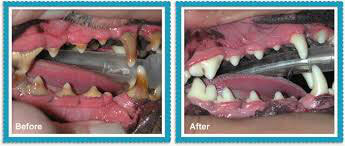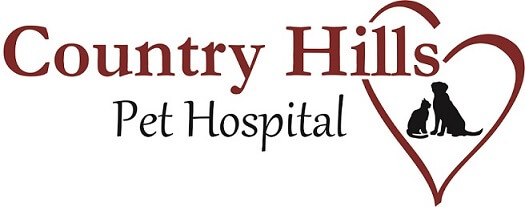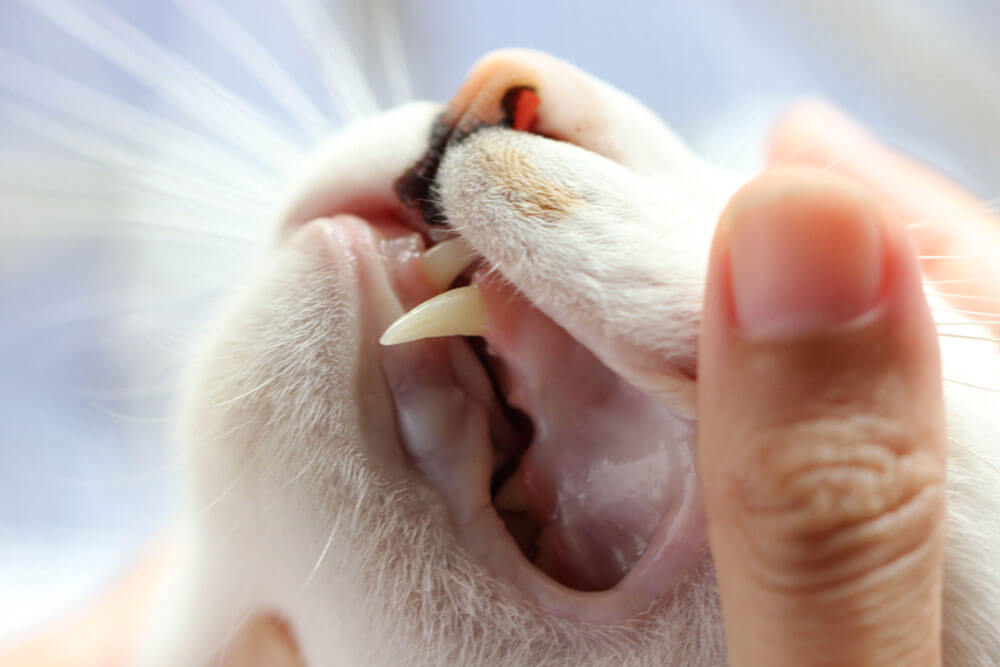
February is National Pet Dental Health Month! Studies by the American Animal Hospital Association reveal that nearly 2/3 of pet owners do not provide the dental care for their pets recommended by veterinarians – is your pet getting the dental care he/she needs? Dental disease is the most common disease in dogs and cats, affecting 78% of dogs and 68% of cats over the age of 3, this statistic were reported by Banfield Pet Hospital.
Dental hygiene is an important part of your pet’s health. Signs that your pet may be having trouble may include drooling, discomfort while chewing, and loose or missing teeth. Dental disease can also be linked with other serious health problems such as heart disease and kidney disease if left untreated. But how do you know if your pet has a healthy mouth? It is best to have your veterinarian examine your pet’s teeth and gums to help determine if there are any dental issues you should know about.
Size and breed of your dog also differs in the type of dental disease they can encounter. Small dogs have a variety of different bacteria that causes bad breath, gum recession, and eventual loss of teeth. While large dogs are more likely to fracture a tooth from aggressive chewing and come down with an abscess or pulp exposure.
As an AAHA accredited hospital, our dental suite features state of the art technology to provide a thorough cleaning of your pet’s teeth. Only the safest anesthesia is used and your pet is continually monitored while under sedation. Dental cleanings at Country Hills Pet Hospital include an ultrasonic cleaning & polishing of all the teeth and a fluoride treatment. All of your pet’s teeth and gums are carefully evaluated for evidence of disease and injury and dental radiographs are taken for further evaluation of roots under the gum line. After review of your pet’s overall dental health, dental extractions may be recommended.
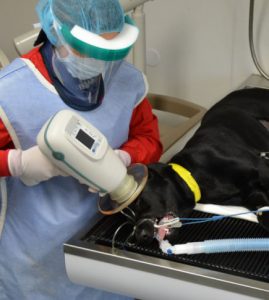
Despite what many pet owners may believe, “dog breath” is not just a nuisance – it’s an indication that much more is going on in your pet’s mouth. Over time, bacteria lead to plaque and tartar buildup on your pet’s teeth. The result is bad breath, reddened gums, and other common signs of early dental disease. Even if you’re using treats and chews to help control tartar, these are frequently not enough to keep dental disease in check, especially if they are just getting swallowed and not chewed.
Our veterinarians recommend our special dental spray & wipes with antimicrobial activities help to reduce signs of dental disease. They are far easier to use than brushing your pet’s teeth and yet just as effective. One swipe of a wipe or one sprits of the spray on each side of the mouth, over the teeth & gums, and you’re done. Your pet’s saliva will generate the medication over the inside of the mouth and will reach all of the other teeth as well. For best results it is recommended to withhold food and water for 30 minutes before each application of the spray. Both of these products can be used daily or at a maintenance schedule of 1-2 times per week for effective tartar prevention.
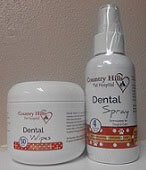
Even if you think your pet’s teeth and gums are fine, dental products and especially regular dental cleanings can help you keep them that way! Dental health shouldn’t be taken for granted. Fortunately, with a little at-home care many dental problems can be managed before they become serious!
When your pet has been dropped off for a comprehensive oral workup- here’s what happens behind the scenes!
First he/she will be intubated and put under anesthesia. Intubation helps keep water from entering your pet’s lungs during the procedure. Our clinic uses only the safest anesthesia protocols and a technician monitors your pet the whole time while another performs the procedure.

Your pet’s mouth will then be x-rayed. Full-mouth radiographs allow your veterinarian to view the internal anatomy of the tooth, the tooth roots, and the bone that surrounds the roots. Additionally, the initial x-rays provide a base line for future comparison as your animal ages.
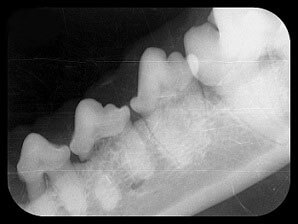
After the radiographs, comes the cleaning. The teeth are ultrasonically cleaned & polished and finished off with a fluoride treatment. All of your pet’s teeth and gums are then carefully charted & evaluated for evidence of disease or injury by Dr. Thompson.
After review of your pet’s overall dental health, oral surgery may be recommended requiring a follow up visit.
